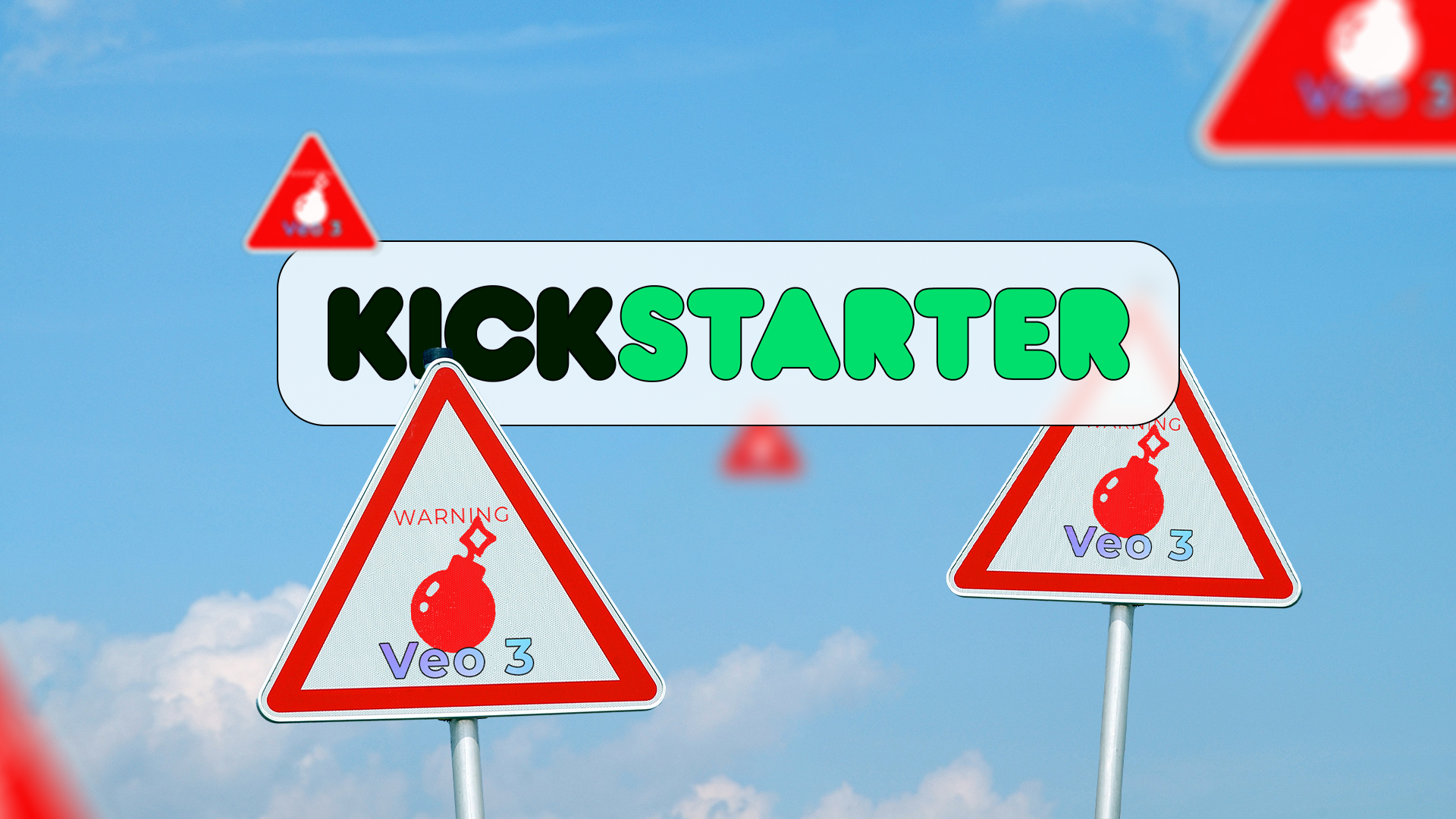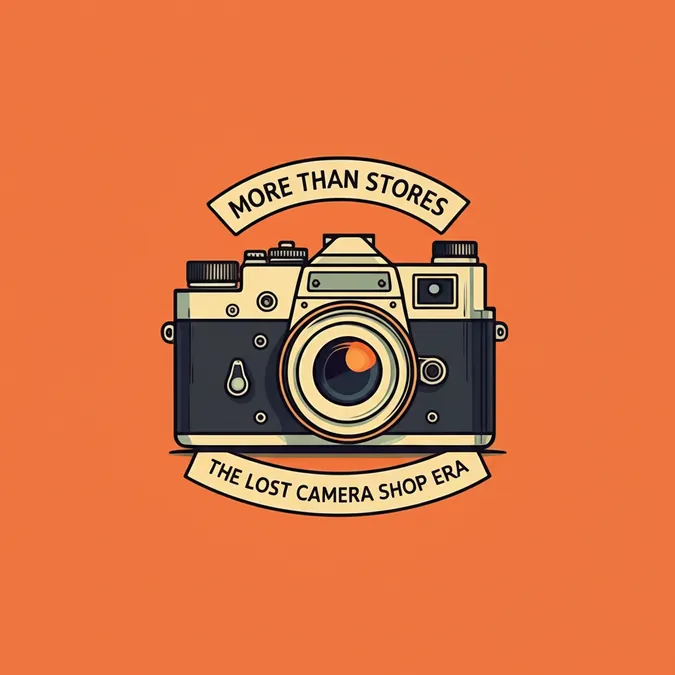AI Bigfoot Vlogs Showcase Creative Video Generation
Remember the old days of trying to make a convincing Bigfoot video? It involved a cumbersome suit, trekking through forests, and hoping your friend's shaky camera work would capture something vaguely believable, all while avoiding being mistaken for an actual bear.
Fast forward to today, and AI video generation has changed the game entirely. Now, crafting your own Bigfoot encounters—or virtually any other scenario—is within reach. This technological leap has sparked an explosion of creativity, leading to some genuinely amusing trends, with AI-generated Bigfoot vlogs topping the list for a good laugh.
The Evolution of AI Video Generation
AI-generated video isn't brand new, but recent developments, particularly Google's Veo 3, have pushed its capabilities to new heights, making it truly practical for creators. What makes Veo 3 stand out isn't just its impressive visual output; it's the model's ability to generate synchronized audio, including music, sound effects (foley), and character voices.
This audio generation is even lip-synced to the characters' movements, and these characters don't have to be human. This is fantastic news if your creative vision involves a Sasquatch giving a monologue to his GoPro. The advancements are so significant that they're prompting discussions about wider implications. For example, some are considering how Google's Veo 3 could impact platforms like Kickstarter.

Experimentation Flourishes with New AI Tools
While generating these advanced AI videos isn't entirely free, many creators are eagerly experimenting with Veo 3. Gemini Pro subscribers, for instance, can create three Veo 3 videos daily with sound using the fast model. Alternatively, the Google Flow tool allows for video generation and editing using either a fast or a more intensive model, costing 20 or 100 AI credits per video, respectively. The example video mentioned in the original article used the fast model, which, while not offering peak visual quality, still includes sound generation.
This accessibility has led to a surge of AI-generated videos with integrated soundscapes. A key differentiator for Veo 3, when used with the Flow editor, is the ability to provide source material. This feature enables consistent character appearances and a cohesive look and feel across clips. Furthermore, users can trim and regenerate specific unsatisfactory parts of a video—a significant improvement over previous AI video generation workflows.
Can AI Truly Be Creative or Funny
 Sydney Louw Butler / How-To Geek / GPT-4o
Sydney Louw Butler / How-To Geek / GPT-4o
Comedy is a nuanced art, heavily reliant on timing and delivery. Critics often argue that AI-generated characters, with their currently somewhat stilted "acting," can't convey genuine drama or heartfelt emotion, often feeling phoned-in.
However, resourceful creators are finding ways to navigate these limitations. By using the right context or employing clever editing techniques, it's possible to make these AI videos genuinely funny. The rise of very short video formats, like YouTube Shorts and Instagram Reels, also provides an ideal platform for these concise AI-generated clips.
Sometimes, the inherent "weirdness" of AI generation contributes to the humor. But ultimately, it takes a human touch—a real sense of humor and creative direction—to shape AI output into something that resonates with and entertains an audience.
Bigfoot Vlogs A New Frontier in AI Entertainment
This brings us to the delightful phenomenon of Bigfoot vlogs. The concept is simple: AI videos depicting what it would be like if Bigfoot or a Yeti started vlogging their daily lives. Yet, the creators behind these are infusing them with considerable thought, which is a major reason for their success.
These cryptid characters possess distinct personalities. Standout examples include channels like Bigfoot Vlog and, perhaps even more notably, Big Yowie. (A heads-up: some videos might contain mildly graphic content, around a PG-13 level.)
While not flawless, this approach is already proving to be a viable method for creating entertaining content. Reading the comments on these videos reveals a common sentiment: for many, this is the first time an AI-generated video has genuinely made them laugh. These channels are performing well, and it's clear the creators are honing their craft with each new clip.
The Double Edged Sword of Accessible AI
The flip side to this powerful technology being readily available to anyone with a credit card is the inevitable flood of less-than-stellar content. Ultimately, no matter how advanced AI generation becomes, it can't magically bestow a sense of humor or creativity upon someone who lacks it, making it unlikely they'll produce something others would genuinely want to watch, let alone find amusing.


